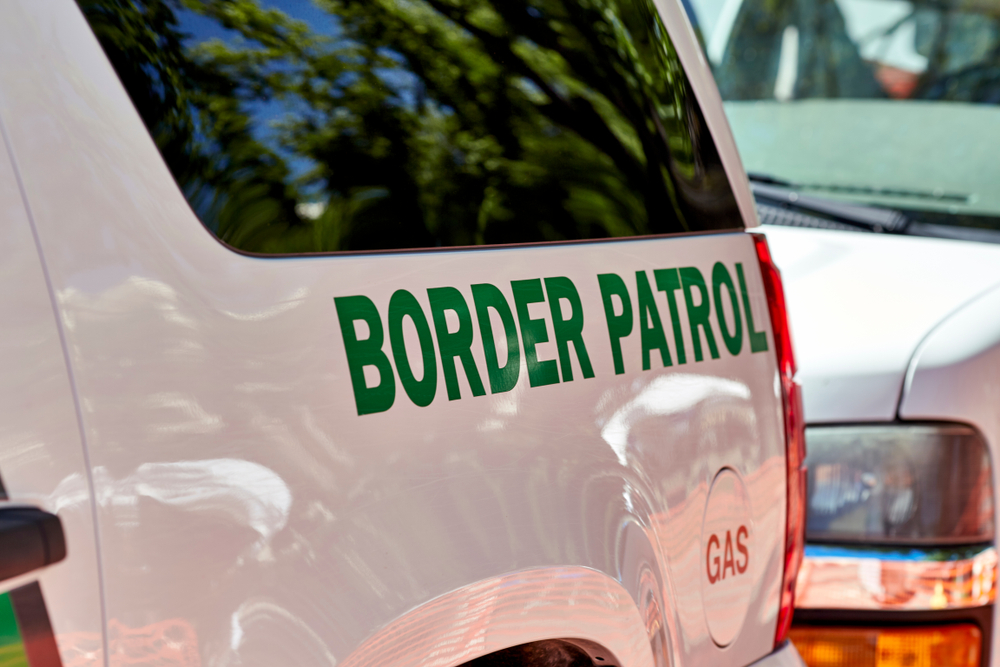
U.S. Border Patrol and the Department of Homeland Security Science and Technology Directorate (S&T) conducted 11 days of exercises and demonstrations in August in Sweetgrass, Mont.
The field test simulated illegal border crossings and evaluated portable, surveillance technologies that provide situational awareness capabilities with the hybrid communications network along the U.S./Canadian border. The network helps U.S. Custom and Border Protection track and prevent border crossings.
Technologies tested include Small Unmanned Aerial Systems (SUAS) designed for border security operations, and Team Awareness Kit (TAK), a federal open source map-based phone and computer application with GPS tracking capabilities and real-time collaboration.
“The demonstrations at the Havre Sector Field Experiment showed that communications tools like man-portable surveillance, autonomous surveillance towers, short-range surveillance sensors, SUAS, TAK, and satellite communications are both cost and operationally effective,” Shawn McDonald, S&T program manager, said. “Equally important, they are agile and scalable and serve as significant force multipliers for our agents along the northern border. Once these tools are deployed on a wider scale, our agents will be able to expand all their communications networks, simultaneously monitor remote lower-priority areas of the border while physically monitoring high-priority areas and immediately and effectively deploy resources to areas that need them most.”




